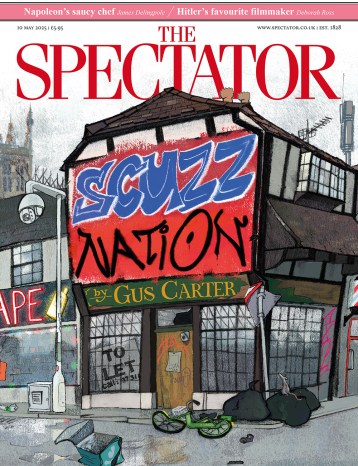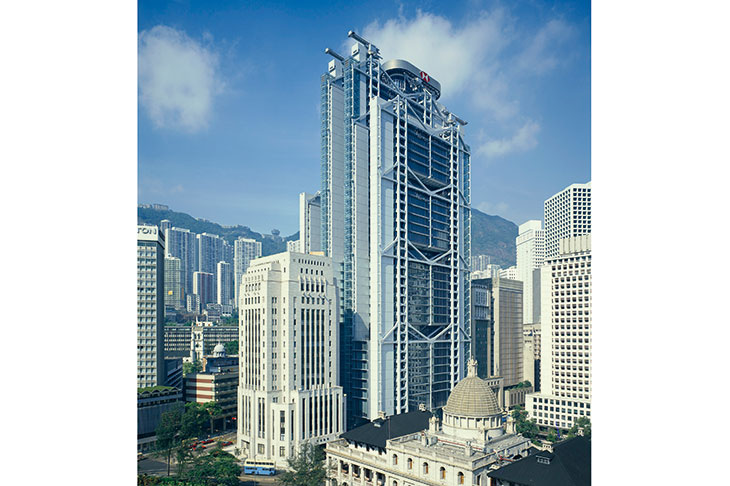Amid the thick of the Crimean war, Florence Nightingale dispatched a plea to the Times deploring the lethal conditions of British military field hospitals. Ten times more soldiers were dying from diseases like cholera and dysentery than from battle wounds. Shocked, the War Office commissioned 49-year-old Isambard Kingdom Brunel to design the world’s first prefabricated hospital.

Disagree with half of it, enjoy reading all of it
TRY A MONTH FREE
Our magazine articles are for subscribers only. Try a month of Britain’s best writing, absolutely free.
Already a subscriber? Log in






Comments
Join the debate, free for a month
Be part of the conversation with other Spectator readers by getting your first month free.
UNLOCK ACCESS Try a month freeAlready a subscriber? Log in